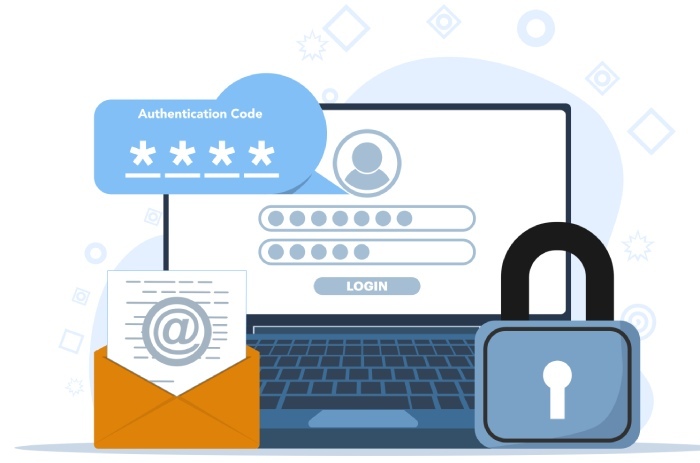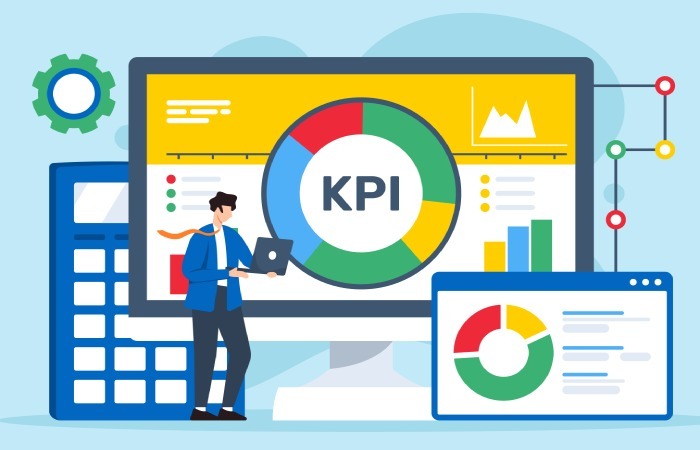How Verified Email and SMS Improve Customer Trust and Engagement
Digitalization has given us enormous advantages. At the same time, every message can now be misinterpreted or falsified. That’s why trust is becoming a brand’s most valuable resource. Specifically, verified email and verified SMS. They increase customer engagement, strengthen brand trust, and improve overall digital communication security. So, what are some practical ways that message authenticity can make it easier to interact with customers and increase long-term loyalty?
The Importance of Message Authenticity
The reaction of a modern user when they receive an email or SMS: are they real? If a brand cannot prove its authenticity, even a relevant message risks being ignored. The implementation of verified email (via DMARC/BIMI and VMC) and verified SMS (via verified A2P processes, 10DLC, and mobile client solutions) offers clear advantages:
- Reduction in phishing;
- Increased message open rates;
- Accelerated acceptance of calls to action.

Technically, this works through a combination of cryptographic signatures, sender registration, and visual trust markers.
How does this affect the user?
Visual indicators give the user an immediate signal that the sender has been verified. These indicators include a logo in the mailbox or a confirmation icon in the text client. Such signals increase the willingness to interact. This directly affects customer engagement:
- Higher open rates;
- Faster responses;
- Better conversions.
Marketing platform analytics show a significant increase in engagement when messages are marked as authentic. Therefore, when working on mass SMS campaigns, teams look for tools that combine simplicity, regulatory compliance, and personalization. One practical solution on the market is platforms that provide functionality for planning mailings, grouping contacts, and real-time analytics. Clerk Chat mass text services demonstrates how messages can be scaled without losing control over compliance and delivery quality. This approach helps businesses focus on the content of communication and building trust, rather than technical complexities.

Trusted Messaging. Technical Mechanisms
Verified Email. DMARC, BIMI, and VMC.
To ensure that your email is verified, companies typically implement DMARC along with SPF and DKIM. DMARC stands for Domain-based Message Authentication, Reporting & Conformance.
- At the visual reinforcement level, the BIMI standard, or Brand Indicators for Message Identification, has emerged.
- VMC, or Verified Mark Certificates, are used to place the real logo in mailboxes.
Together, these technologies allow you to display your brand next to the message. This is a powerful marker of brand trust.
Verified SMS. Registration, A2P policies, and visual cues.
When working with SMS, it is important not only to have a technical signature, but also to comply with operator policies. The following ensure that the message comes from a registered business:

- Verified A2P (Application-to-Person) channels;
- 10DLC registration in the US and other mechanisms
Benefits for business
The combination of verified email and verified SMS allows you to reach users on their favorite channels with the lowest friction for action. SMS traditionally shows incredibly high open rates. Email is better suited for longer informational messages.
A comprehensive strategy creates synergy. Specifically, SMS can be a trigger for immediate action while email can be used to explain the offer in more detail. Marketing data confirms that a combined approach increases long-term value.
Implementing verified channels reduces the number of fake messages sent on behalf of your brand. Clear sender identification helps operators block malicious campaigns before they cause damage.
Verified Messaging Implementation. Practical Steps

For email teams.
Set up SPF and DKIM as a baseline.
Implement a DMARC policy.
Simultaneously work on brand validation and obtaining VMC if you want your logo to appear in the inbox.
For SMS and mobile teams.
Find out the requirements of local operators. Register with the appropriate registries.
Use trusted providers that support Verified SMS or RCS Business Messaging.
Test on different devices and clients to ensure that branding and logos are displayed correctly.
Integration for maximum effect
Linking your CRM, campaign analytics, and verification processes will allow you to personalize messages, track their delivery and effectiveness. Proper segmentation and timing are what turn trust into real customer engagement.
What metrics to track? Measuring success
- Open rate and delivery rate for email and SMS.
- Click-through rate and conversion rate after messages are delivered.
- Opt-out rate and spam complaints — key indicators of trust issues.
- Customer response time and re-engagement rates.
Regular monitoring of the listed KPIs will allow you to assess how verified business messages affect audience behavior.

Conclusion
Implementing verified email and SMS is a strategic step toward building trust, reducing fraud risks, and strengthening customer engagement. When a brand invests in digital communication security through authentication standards, visual markers, and regulatory compliance, it reaps multiple benefits. Namely:
- Increased open rates;
- Better conversion;
- Fewer complaints;
- More loyal audience.
For teams working with mass mailings, it is important to choose reliable partners and test strategies. And then, measure the results. Then, investments in proven channels will surely pay off in the form of growing trust and effective customer engagement.







